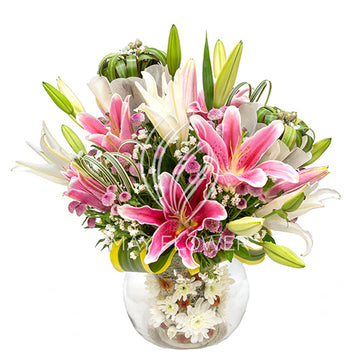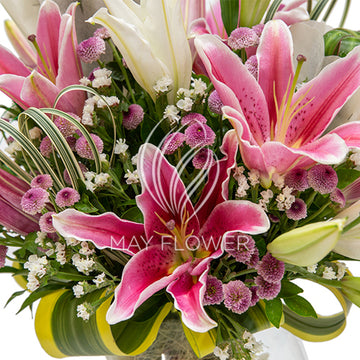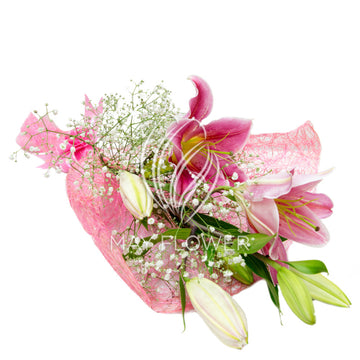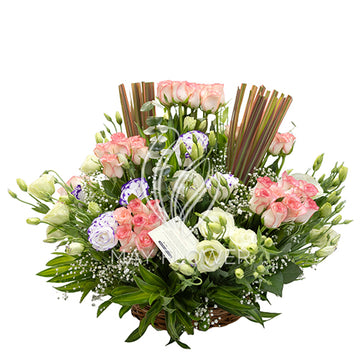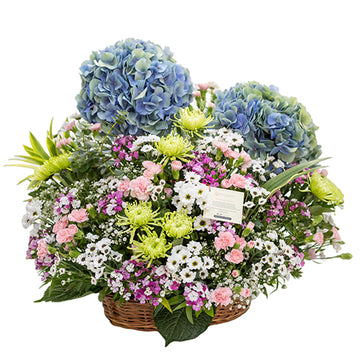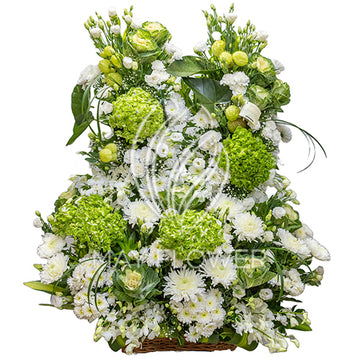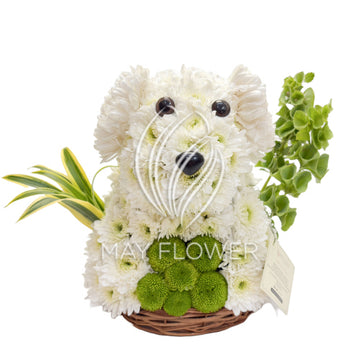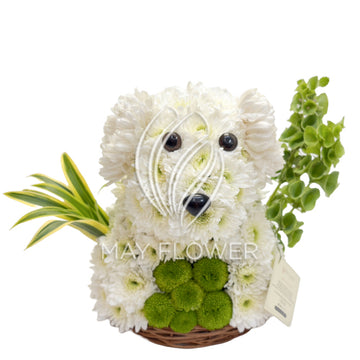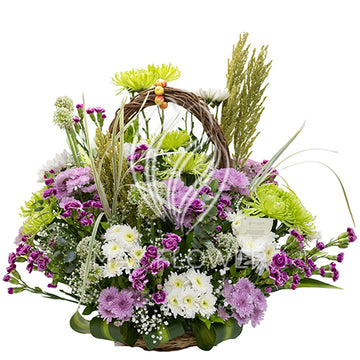Festival of Holi and Flowers
Holi Festival
Holi Festival one of the major festivals of India, Holi is celebrated with enthusiasm and gaiety on the full moon day in the month of Phalgun which is the month of March as per the Gregorian calendar.
Holi festival may be celebrated with various names and people of different states might be following different traditions. But, what makes Holi so unique and special is the spirit of it which remains the same throughout the country and even across the globe, wherever it is celebrated.
Preparations of Holi festival
Entire country wears a festive look when it is time for Holi celebration. Market places get abuzz with activity as frenzied shoppers start making preparations for the festival. Heaps of various hues of gulal and abeer can be seen on the roadside days before the festival. Pichkaris in innovative and modern design too come up every year to lure the children who wish to collect them as Holi memorabilia and of course, to drench everybody in the town.
Season of Bloom
Legends
A Hindu festival, Holi has various legends associated with it. The foremost is the legend of demon King Hiranyakashyap who demanded everybody in his kingdom to worship him but his pious son, Prahlad became a devotee of Lord Vishnu. Hiranyakashyap wanted his son to be killed. He asked his sister Holika to enter a blazing fire with Prahlad in her lap as Holika had a boon which made he immune to fire. Story goes that Prahlad was saved by lord himself for his extreme devotion and evil minded Holika was burnt to ashes, for her boon worked only when she entered the fire alone.
Holika Dahan
On the eve of Holi, called Chhoti or Small Holi people gather at important crossroads and light huge bonfires, the ceremony is called Holika Dahan. This tradition is also followed in Gujarat and Orissa. To render greatfulness to Agni, god of Fire, gram and stalks from the harvest are also offered to Agni with all humility. Ash left from this bonfire is also considered sacred and people apply it on their foreheads. People believe that the ash protects them from evil forces.
Play of Colors
Great excitement can be seen in people on the next day when it is actually the time for the play of colours. Shops and offices remain closed for the day and people get all the time to get crazy and whacky. Bright colours of gulal and abeer fill the air and people take turns in pouring colour water over each other. Children take special delight in spraying colours on one another with their pichkaris and throwing water balloons and passers by. Women and senior citizen form groups called tolis and move in colonies – applying colours and exchanging greetings. Songs, dance on the rhythm of dholak and mouthwatering Holi delicacies are the other highlights of the day.
Expression of Love
Lovers too long to apply colours on their beloved. This has a popular legend behind it. It is said that the naughty and mischievous Lord Krishna started the trend of playing colours. He applied colour on her beloved Radha to make her one like him. The trend soon gained popularity amongst the masses. No wonder, there is no match to the Holi of Mathura, Vrindavan and Barsana – the places associated with the birth and childhood of Radha and Krishna.
Ecstasy of Bhang
Sober Evening
After a fun-filled and exciting day, the evenings the spent in sobriety when people meet friends and relatives and exchange sweets and festive greetings.
It is said the spirit of Holi encourages the feeling of brotherhood in society and even the enemies turn friend on this day. People of all communities and even religions participate in this joyous and colouful festival and strenthen the secular fabric of the nation.
Flowers and Holi
Devotees dressed as Krishna and Radha danced and threw flowers on one another, drawing the attention of tourists towards the special style of enjoying the festival.
Holi celebrates the coming of spring and the harvest. It brings together people from all classes and age groups as they play with colours, distribute sweets, and take out processions.
Playing Holi with flowers also saves water, contamination and generally it is a clean and harmless fun Holi.
To order flowers online, visit us at Mayflower.in
